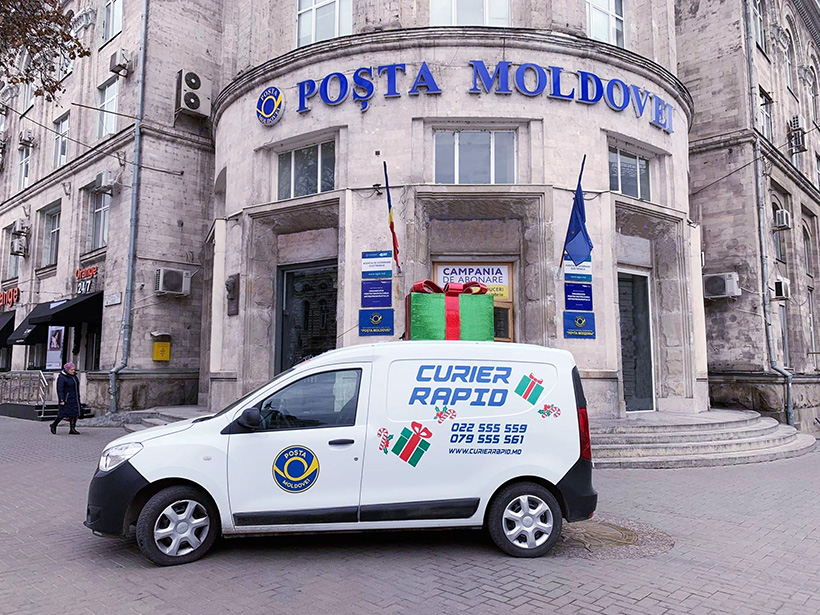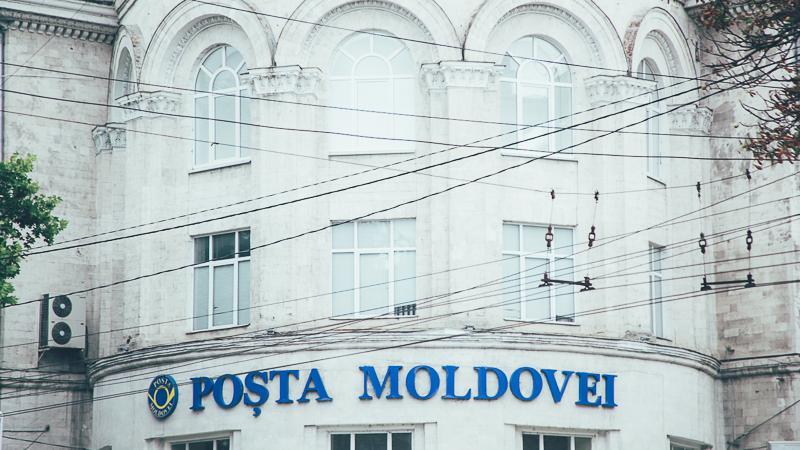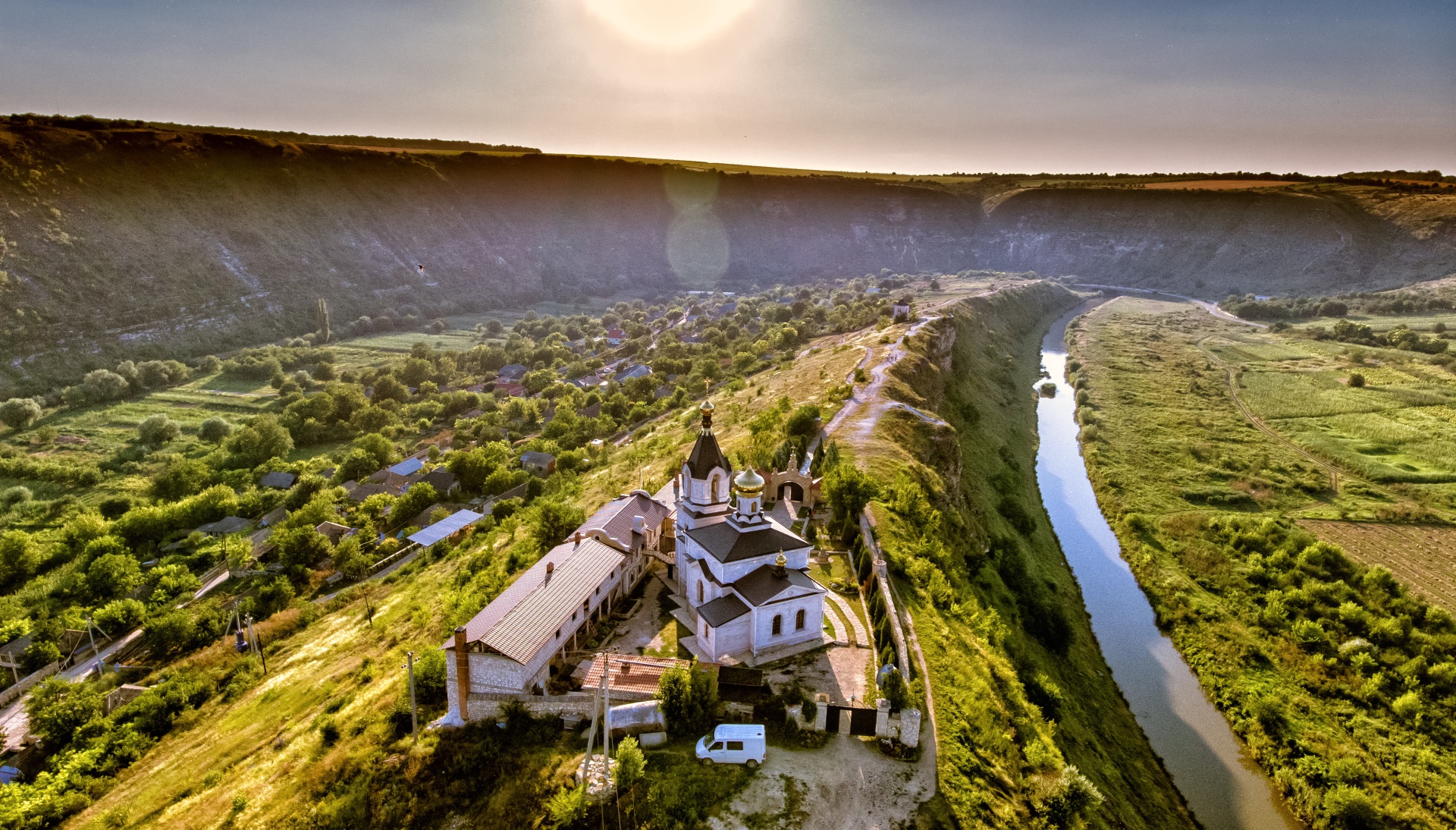Moldavia Europe Postcard Graphic by Poster Boutique 183 Creative Fabrica
Po ta Moldovei Moldova Post Track amp trace the parcel from the
47 Posta Moldova Stock Vectors and Vector Art Shutterstock
Inside the Post Office Chisinau Moldova Stock Photo Alamy
Posta Moldovei Tracking by Andrei Zaharia
PostalClerk1970 Mails REPUBLIC OF MOLDOVA
Moldavia Post Tracking ETracking
Moldova themed illustrated postcards Behance
Moldova themed illustrated postcards Behance
New issue of Moldavian Post was put into circulation World Stamp News
Chisinau Moldova March 8 2023 Parcel locker of Post of Moldova
Postage to Moldova How to Send a Letter to Moldova
Postage stamp with Moldova flag Vector illustration 21554870 Vector
PostEurop 30 years SE Posta Moldovei Philately
WORLD COME TO MY HOME 3317 MOLDOVA Postcrossing Meetup Chi in u
Moldova Grunge Postage Stamp Vintage Postcard Vector Illustration With
Chisinau Moldova April 2023 Office of Post of Moldova Posta
Moldovan Post releases postcard and stamp dedicated to the 10th
Moldova Grunge Postage Stamp Vintage Postcard Vector Illustration With
Chisinau Moldova April 2023 Office of Post of Moldova Posta
Moldovan Post releases postcard and stamp dedicated to the 10th
Posta Moldovei in Chisinau Moldova Editorial Stock Image Image of
Moldova s Post has reduced the rates for sending parcels to Romania
Posta Moldovei Moldovan Post Damaged Parcel with Adesive Tape Editorial
Border Post on the Border of the Republic of Moldova Stock Photo
The Washington Post President of Moldova controlled and paid by FSB IPN
July 13 2020 Beltsy or Balti Moldova Post Terminal for Issuing
M012 Amazing Places of the World Moldova Rep Main Post Office
De Moldau Imagine the World
Posta Moldovei Interna ionale
Posta Moldovei Suntem Po ta Moldovei
Po ta Moldovei a reluat trimiterile po tale AgroTV
moldova postcards8 Locals
Po ta Moldovei i a relansat activitatea AgroTV
Posta Moldovei Po ta Moldovei se modernizeaz pentru un mediu de luc
Posta Moldovei Po ta Moldovei marcheaz 238 nceputul Anului Nou Chineze
Posta Moldovei Po ta Moldovei d startul Campaniei de Cr ciun Mo C
Po ta Moldovei reia trimiterea scrisorilor 238 n Rusia Expedierea
Po ta Moldovei a reluat trimiterile po tale AgroTV
moldova postcards8 Locals
Po ta Moldovei i a relansat activitatea AgroTV
Posta Moldovei Po ta Moldovei se modernizeaz pentru un mediu de luc
Posta Moldovei Po ta Moldovei marcheaz 238 nceputul Anului Nou Chineze
Posta Moldovei Po ta Moldovei d startul Campaniei de Cr ciun Mo C
Po ta Moldovei reia trimiterea scrisorilor 238 n Rusia Expedierea
Republik Moldau Tourismus Tourist Info und Reiseratgeber
Preciz rile 206 ntreprinderii de Stat quot Po ta Moldovei quot 238 n contextul actual
Aten ie Po ta Moldovei avertizeaz despre intensificarea cazurilor de
Po ta Moldovei vrea s ob in licen pentru moned electronic
Po ta Moldovei restabile te expedierea scrisorilor i coletelor 238 n
Noua conducere a 238 nceput epur rile la Po ta Moldovei Oamenii sunt
Posta Moldovei Po ta Moldovei un sus in tor constant al educa iei
Posta Moldovei Po ta Moldovei un sus in tor constant al educa iei
Servicii prestate de Po ta Moldovei r m 226 i f r bani i f r colet
Posta Moldovei Po ta Moldovei a dat start ac iunii quot Po ta lui Mo Cr
PSDE De c 226 nd Po ta Moldovei s a transformat 238 n serviciul de transport
Po ta Moldovei a reluat prestarea mai multor servicii inclusiv
Po ta Moldovei un obstacol 238 n calea ziarelor de la Chi in u Semna i
Po ta Moldovei duce mai departe r zboiul cu Kremlinul F r scrisori
Posta Moldovei 30 de ani cu Po ta Moldovei
Posta Moldovei Reorganizarea 206 S Po ta Moldovei
Po ta Moldovei recep ioneaz trimiteri c tre patru state IPN
Posta Moldovei Po ta Moldovei Un standard de calitate un model de
Post/moldau - The pictures related to be able to Post/moldau in the following paragraphs, hopefully they will can be useful and will increase your knowledge. Appreciate you for making the effort to be able to visit our website and even read our articles. Cya ~.








































































